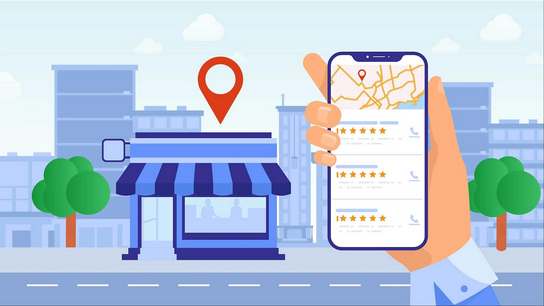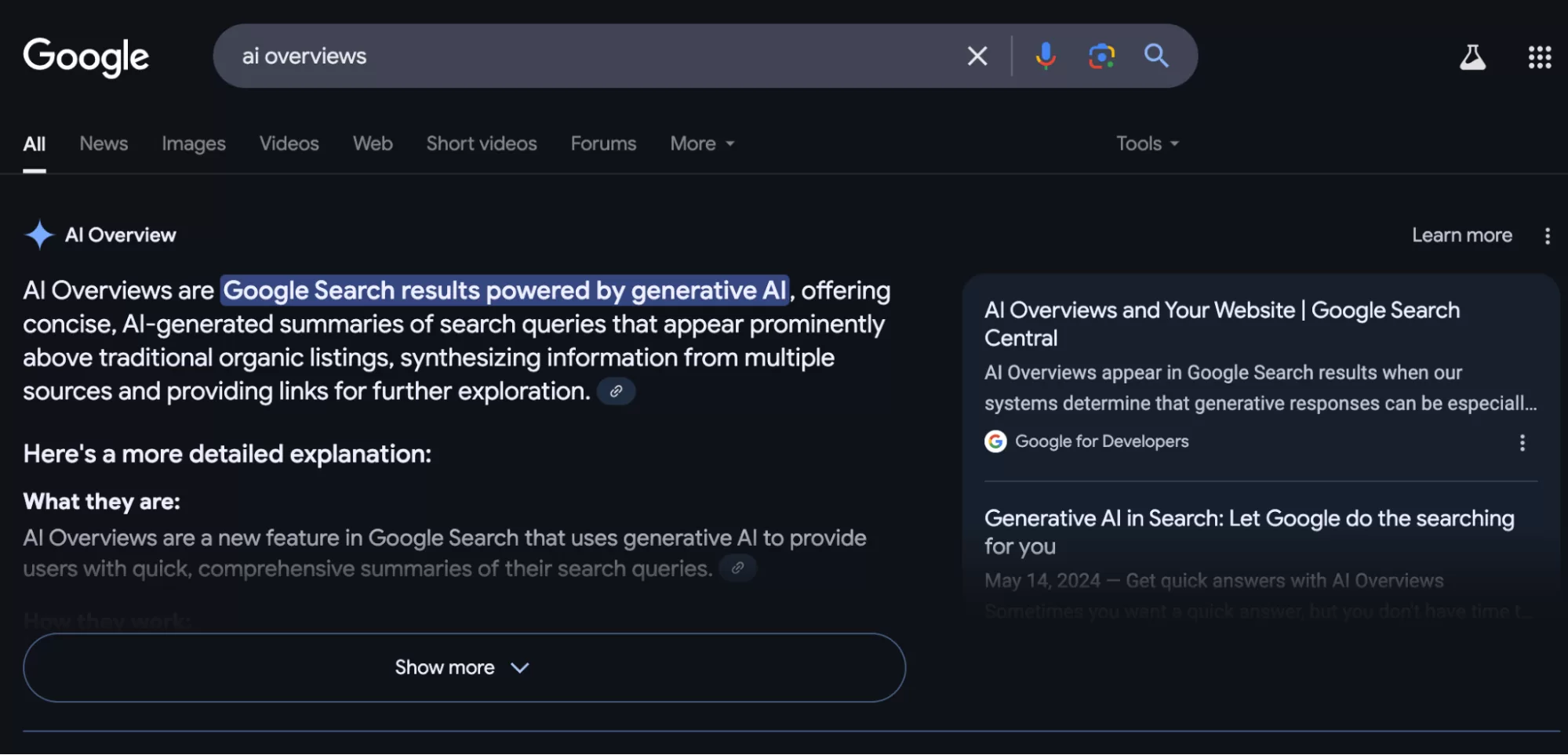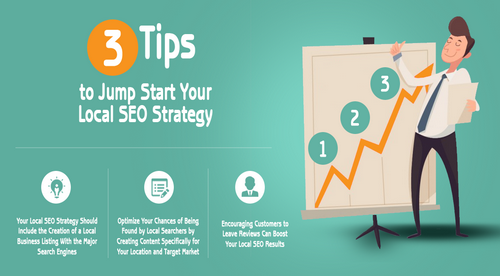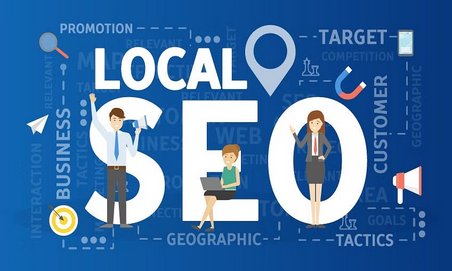
Google AI Overviews Could Be Killing Your Website Traffic

If your organic traffic has taken a mysterious dip lately, there’s a good chance it was not a competitor stealing your rankings… it was Google itself.
Since rolling out AI Overviews (previously known as SGE), Google has started answering queries directly on search pages with AI-generated summaries.
The problem?
Those summaries often satisfy searchers without them ever clicking a single link.
And that’s bad news for businesses relying on organic clicks.
In fact, an analysis from Raptive showed publishers losing up to 40% of organic traffic overnight when AI Overviews appear. Imagine working hard to rank #1… only to have Google place its own AI box above you, stealing the attention.
But here’s the good news: AI Overviews do not have to be the end of your SEO game.
They’re changing the rules, yes—but!
With the right strategy, you can still win clicks, build authority, and future-proof your traffic.
You’re about to learn exactly how to do that.
Understand What Google AI Overviews Actually Are
Before you fight the enemy, you need to know what it is.
Google’s AI Overviews are AI-generated summaries that appear at the top of search results for informational queries.
Instead of showing a traditional list of links, Google pulls info from multiple websites, mashes it together, and gives users a “quick answer.”
Think of it as a supercharged Featured Snippet—except now it’s longer, smarter, and more likely to steal the click.
Why It Matters
- Traditional SEO assumed: “Rank #1 = most clicks.”
- With AI Overviews: “Rank #1 = maybe mentioned in a summary (and often ignored).”
- Zero-click searches are skyrocketing because Google satisfies intent without users leaving.
Example
Search: “Best protein powder for weight loss.”
- Old Google: 10 blue links, maybe a featured snippet.
- New Google: AI Overview listing 3–4 products with explanations, followed by shopping links.
If you’re a supplement blog or ecommerce store, that traffic gone before it even reaches you.
Pro Tip: Bookmark a keyword list and run test searches regularly. Spot where AI Overviews are stealing traffic before it blindsides you.
Audit Your Keywords for “AI Risk”
Not all keywords are equal. Some are low-risk (navigational or transactional queries), others are high-risk (broad informational ones).
High-Risk Keywords (AI eats these alive):
- “Best X for Y” comparisons
- “How to…” tutorials
- General health/finance/tech advice
Low-Risk Keywords (still safe… for now):
- Brand-specific queries (“Nike Air Max 2025 review”)
- Transactional searches (“Buy iPhone 15 Pro in Lahore”)
- Local searches (“plumber near me”)
Framework for Keyword Risk Audit:
|
Keyword Type |
Example |
AI Risk |
|
Informational |
“How to fix slow WiFi” |
High |
|
Commercial |
“Best CRM for startups” |
High |
|
Branded |
“HubSpot pricing 2025” |
Low |
|
Navigational |
“YouTube Studio login” |
Low |
Credit: ResearchGate
Action Step:
- Pull your keyword list from Ahrefs/SEMrush.
- Flag high-risk terms.
- Shift strategy toward queries less likely to be absorbed by AI.
Optimize for AI Overview Inclusion (Play With Google)
Here’s the tricky part: fighting Google rarely works. Instead, aim to be included in AI Overviews.
Yes, Google may not always attribute properly, but when it does, brands mentioned in AI boxes see a massive credibility boost—and often secondary clicks.
Simple steps you can follow to increase your chances:
- Structure changes: You can use short, and direct sentences.
- For example, instead of burying “Vitamin D deficiency symptoms” in a paragraph, list them in bullets.
- Entity-rich content: Mention recognized entities (brands, products, locations) so AI can easily “understand” your page.
- FAQ schema: Mark up content so Google can pull Q&A-style snippets.
- Fresh updates: AI loves recency. Keep content refreshed.
Pro Tip: Use tools like SurferSEO or Frase to structure answers in ways AI models can digest easily.
Build Click-Worthy Content That Survives Zero-Click
AI Overviews, featured snippets, and knowledge panels all have one thing in common—they give users the information they need without requiring a click.
That’s why so many brands are seeing a steady drop in traffic, even when they “rank” on page one. But here’s the good news: zero-click doesn’t mean zero opportunity.
The key is creating click-worthy content that goes beyond surface-level answers. If AI or Google gives users a summary, your job is to offer the next step.
Think of it this way—why should someone leave the search results and land on your page?
Maybe you’ve got deeper analysis, step-by-step instructions, free templates, or even a short video that brings the topic to life.
Give people a taste in the snippet, then promise something they can’t get anywhere else.
You should also start thinking in hooks and value-adds, not just keywords.
Headlines that spark curiosity (“Here’s what most people miss about X…”) or offer immediate value (“Free calculator included”) can nudge users to click.
And don’t forget about formatting—tables, visuals, FAQs, and interactive elements not only help AI pull your content but also keep readers engaged once they land on your page.
The brands that win in the zero-click era will be the ones who anticipate user intent and position themselves as the best next step.
Tactics to Steal Back Clicks
Add curiosity gaps: Tease insights AI can’t summarize.
Example: “Here are 3 hidden factors no one tells you about…”
Offer depth AI skips: Long-form case studies, visuals, tools.
Create content formats AI can’t replicate:
- Interactive calculators
- Quizzes
- Original research & surveys
- Proprietary charts/graphics
Example: Interactive mortgage calculator screenshot is here.
Important: Don’t just write blogs. Think beyond text: video, infographics, podcasts, community-driven content. AI can summarize text—but it can’t replace your unique experiences or tools.
Diversify Traffic Beyond Google
Relying on Google alone in 2025 is like investing all your money in a single stock—it’s risky.
Here’s how to spread your traffic sources:
Alternative Traffic Streams
- YouTube SEO: Google can’t AI-summarize videos easily.
- Email newsletters: Direct audience relationship.
- Social platforms: TikTok, LinkedIn, Twitter/X.
- Communities: Reddit, Quora, niche forums.
- Affiliate placements: Partner with influencers and bloggers.
|
Case Study from Search Engine Journal: Click-through rates (CTRs) for Google's top search result have decreased from 28% to 19%, according to a recent report from GrowthSRC Media. The growth of AI Overviews, a feature that now shows up in a variety of search results, is correlated with this 32% decline. Position #2 saw a greater loss, with CTRs dropping 39% year over year from 20.83% to 12.60%. |
Pro Tip: Treat Google SEO as just one channel in a portfolio.
Strengthen E-E-A-T (Your Moat Against AI)
In the world of AI-driven search, E-E-A-T (Experience, Expertise, Authoritativeness, Trustworthiness) is more than just a Google buzzword—it’s your survival strategy.
Why?
Because AI tools like Google’s Overviews or ChatGPT aren’t pulling from random blogs, they’re prioritizing trusted, credible sources.
So how do you prove you’re one of them?
Start with experience.
Showcase first-hand knowledge through case studies, original data, or unique perspectives that AI can’t replicate from generic content.
Then lean into expertise by associating your content with real people—authors with credentials, bios that highlight achievements, and citations that show you know the field.
Authoritativeness comes from signals like backlinks, mentions in respected publications, and active participation in your niche community.
The more your name or brand appears in credible spaces, the more weight your content carries.
Finally, trustworthiness is about transparency—clear sourcing, privacy-friendly practices, secure websites, and content that avoids clickbait.
Think of E-E-A-T as your moat against AI.
While tools scrape the internet for general knowledge, Google and other platforms still need to highlight trustworthy brands.
If you become a recognized authority, AI won’t just cite you—it will depend on you.
How to Build E-E-A-T
- Show author bios: With credentials.
- Get cited externally: Backlinks from credible sites.
- Publish case studies: Share first-hand data.
- Build brand signals: Mentions across web & social.
Here’s the tricky part: AI favors sites that are already established authorities. If you’re smaller, you need to double down on niche expertise until you become unavoidable.
Credit: https://www.321webmarketing.com/
Resources & Tools for Search Everywhere Optimization
The strategies above are powerful—but let’s be honest, execution without tools is slow and messy.
That’s where the right toolkit comes in. But here’s the important part: tools amplify a solid strategy, they don’t replace it.
You can’t just plug into Ahrefs or TubeBuddy and expect traffic to flood in.
Think of these platforms as power tools: if you don’t have the blueprint, you’ll just make a bigger mess—faster.
So, what should your toolkit look like in 2025? At a minimum, you’ll need:
- Keyword & competitor analysis tools to understand what’s ranking, why, and where the opportunities are.
- On-page optimization platforms to fine-tune content for both search engines and AI summaries.
- Social media & video tools to extend reach across TikTok, YouTube, Instagram, and LinkedIn.
- Amazon & eCommerce SEO tools if you’re in product-driven markets.
- Productivity & workflow systems to keep content calendars, team collaboration, and repurposing organized.
The more you align your tools with your actual strategy, the faster you’ll adapt to AI search shifts. Don’t think of them as optional—they’re the fuel for scale.
Google SEO Tools
- Google Search Console → Track impressions, clicks, and AI Overview appearances.
- Google Analytics 4 → Measure engagement shifts post-AI rollout.
- Google Trends → Spot rising queries AI hasn’t fully absorbed yet.
Keyword & Competitor Research
- Ahrefs → Backlink + keyword difficulty insights.
- SEMrush → Competitor keyword gap analysis.
- Moz Pro → SERP feature tracking.
On-Page Optimization
- SurferSEO → NLP-driven content structure.
- Frase → AI briefs + outline builder.
- Clearscope → Semantic keyword enrichment.
YouTube SEO Tools
- TubeBuddy → Tag + keyword optimization.
- VidIQ → Video analytics & trend spotting.
- Morningfame → Video performance coaching.
TikTok / Instagram
- TrendTok → Predict trending audios.
- CapCut → Fast video editing.
- Canva → Templates for social posts.
- InShot → Mobile-first editing powerhouse.
Amazon SEO Tools
- Helium10 → Keyword + listing optimization.
- JungleScout → Product opportunity finder.
- DataHawk → Marketplace analytics.
Productivity & Workflow
- Notion → Editorial calendar.
- Trello / Asana → Task workflows.
- Slack / Discord → Team communication.
- Zapier → Automations to tie it all together.
Credit: https://media.licdn.com/
Conclusion: The Future Is Multi-Channel, Not Google-Only
If you’re still playing the old SEO game—chasing the top spot on Google—you’re already behind.
AI Overviews, rich snippets, and cross-platform discovery have made one thing clear: Google is no longer the single gatekeeper of traffic.
The clicks it used to send freely? They’re staying in Google’s ecosystem.
But here’s the opportunity: visibility is not shrinking—it’s expanding across channels.
Your audience isn’t just searching on Google; they’re asking TikTok for product reviews, browsing YouTube for tutorials, discovering on Instagram, and comparing on Amazon.
SEO in 2025 isn’t “Search Engine Optimization”—it’s “Search Everywhere Optimization.”
The brands that will thrive are those that treat content as a multi-channel asset. A blog post becomes a YouTube script. A YouTube video becomes TikTok snippets.
A TikTok post becomes a LinkedIn discussion. This not only multiplies reach but also builds resilience. If Google cuts traffic, your TikTok or Amazon presence can pick it up.
So don’t panic—pivot. Treat AI as your competitor and collaborator.
Use it to accelerate research, repurpose content, and test ideas faster.
But never forget: strategy beats tools, and adaptability beats algorithms. Those who embrace this shift will own the next era of search, while others cling to the past.



Leave a reply